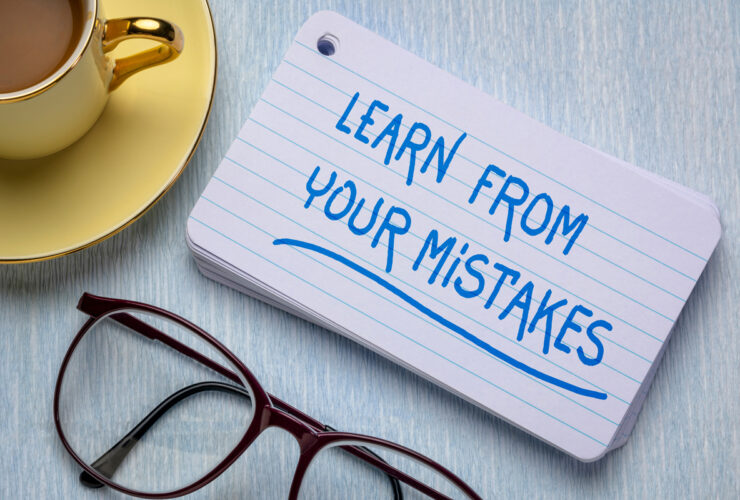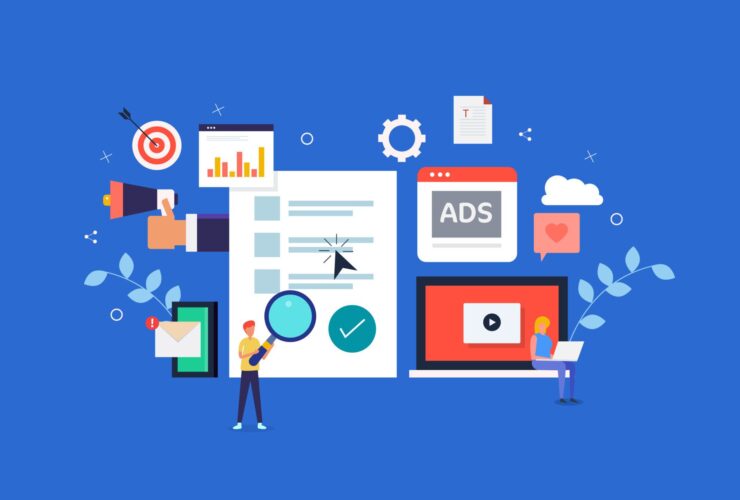So, Google is phasing out third party cookies. Yes, you read that correctly.
Our means of understanding consumer behaviour is lost if we are cookie-less. Or is it?
Google will be doing this over a two year period, which gives us some time to understand what it means to live in a cookie-less world, and prepare our advertising strategies accordingly.
I guess we are all wondering, why is Google doing this in the first place?
With the increase in the need for greater privacy, Google will be restricting the number of advertising cookies on websites accessed via its Chrome browser.
This was to be expected, Safari and Firefox have also jumped on the bandwagon.
With all of this in mind, how will one traverse the unknown?
We have a few ideas for you.
First Party Cookies:
Thankfully, we will still have access to first party cookies. I guess that means we aren’t completely cookie-less. The great thing is, they track data in a very similar way to third party cookies. The only difference between the two is where the information gathered is sent. First party cookies send it to the owner of the web domain, whereas the third party cookies send it to outside data collectors or aggregators.
All this means is that we need to augment and rethink the way we strategies for advertising around first party data sets. This way of thinking, however, does involve the need for scale. One way of ensuring this is through subscriptions and creating authoritative content online.
Federated Learning of Cohorts:
When looking at that title, you are probably wondering what it means.
Simply put, instead of being able to see that user ID 75736 has just visited site X and read blog Y, you’ll be able to see data sets that read more like ‘these users have an affinity towards the topic of Y’.
In essence, you will be able to target groups, rather than individual people.
The thought process behind this is federated learning. Unfortunately this is still in an ideation phase, but could pose a workable alternative to the loss of third party cookies.
Contextual Analysis and Targeting:
The basic premise here is not a new one. It may seem like we are going backward using this technique, but truthfully programmatic buying allows you to display your adverts on websites that are relevant.
This allows for a more fluid like advertising strategy, that touches on all points of the conversion funnel. Should a person be reading an article on their favourite music star, an advert relating to a specific album or instrument may appear. It is less intrusive, and offers a more natural flow to someone ultimately clicking on your ad and converting.
Channel Collaboration:
Your digital ecosystem needs to be integrated, and each channel needs to work with the next.
The failure of one channel can be the success of another, and this needs to be tweaked and optimised so that the ultimate goal, brand loyalty and conversions, are met.
Take a step back, and see how all your paid efforts are connected, and improve your offering.
Sequential Targeting:
You are sitting with your colleagues or a group of friends, and one of them mentions their new favourite car. The days following this conversation, you notice this car all over the road. This is not a magic trick.
Naturally, humans like what looks and sounds familiar to them. Your friend mentioning that model of car, created a link of familiarity within you.
This is how sequential targeting works.
This form of targeting uses a sequence of ads that creates familiarity by telling a story, and ultimately leading someone down the conversion funnel.
Keeping your imagery and videos with the same brand look and feel assist with brand recollection and awareness. Evolving the look and feel as we move down the conversion funnel is the ultimate goal.
Google in conjunction with Ipsos researched and found that sequential images and videos revealed a 74% ad recall lift and 30% purchase intent uplift compared to the standalone versions.

Conclusion:
We can breathe. It is not the end of the world for display and video advertising. We just need to relook at the assets we have, and optimise our strategies moving forward. Cookie-less or not, we move forward!
Ultimately, this is pushing us to become more transparent with our consumers, and build long lasting relationships. Which, is a really good thing.
Ready to go digital? We can help.


